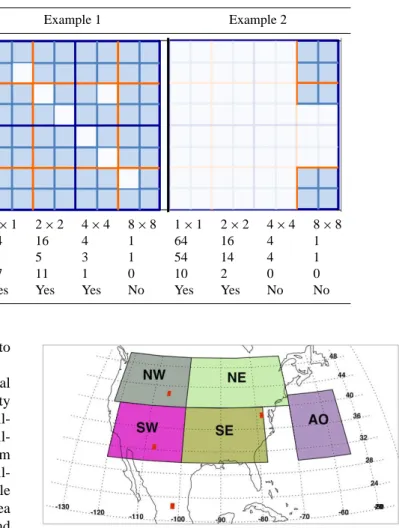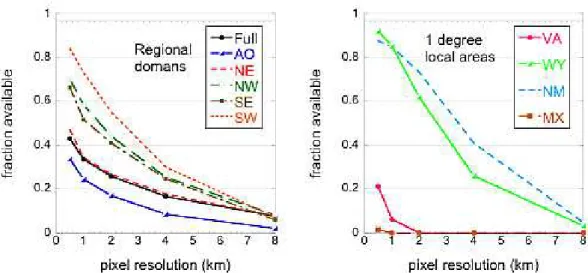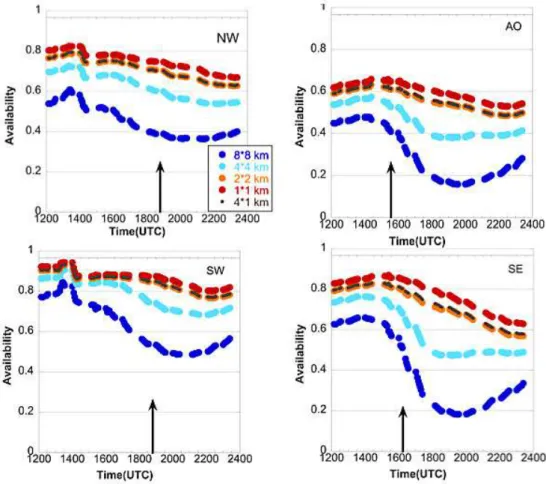Retrieving aerosol in a cloudy environment: aerosol product availability as a function of spatial resolution
Texto
Imagem




Documentos relacionados
Here we explore the availability of an aerosol retrieval in a cloudy environment un- der various criteria including sensor pixel spatial resolution, di ff erent cloud masks and
The comparison of aerosol optical depth (AOD) from HAC against MODIS shows larger HAC AOD values over regions with higher aerosol loads and smaller HAC AOD values than MODIS for
fire aerosol radiative effect (RE) at TOA, radiative effects due to aerosol–radiation interactions (REari), due to aerosol–cloud interactions (REaci), surface-albedo changes (REsac)
Operating two laminar flow DEG CPCs with di ff erent cut-o ff sizes together with other aerosol instruments, we looked at the growth rates of aerosol population in the CLOUD chamber
C.: Improvement of aerosol optical depth retrieval from MODIS spectral reflectance over the global ocean using new aerosol models archived from 30. AERONET inversion data and
C.: Improvement of aerosol optical depth retrieval from MODIS spectral reflectance over the global ocean using new aerosol models archived from AERONET inversion data and
The well- predicted aerosol quantities, such as aerosol number, mass composition and optical properties, and the inclusion of full aerosol-cloud couplings lead to
We use satellite observations of aerosol optical depth (AOD) from the Moderate Resolution Imaging Spec- trometer (MODIS) together with the GEOS-Chem global chemical transport model





